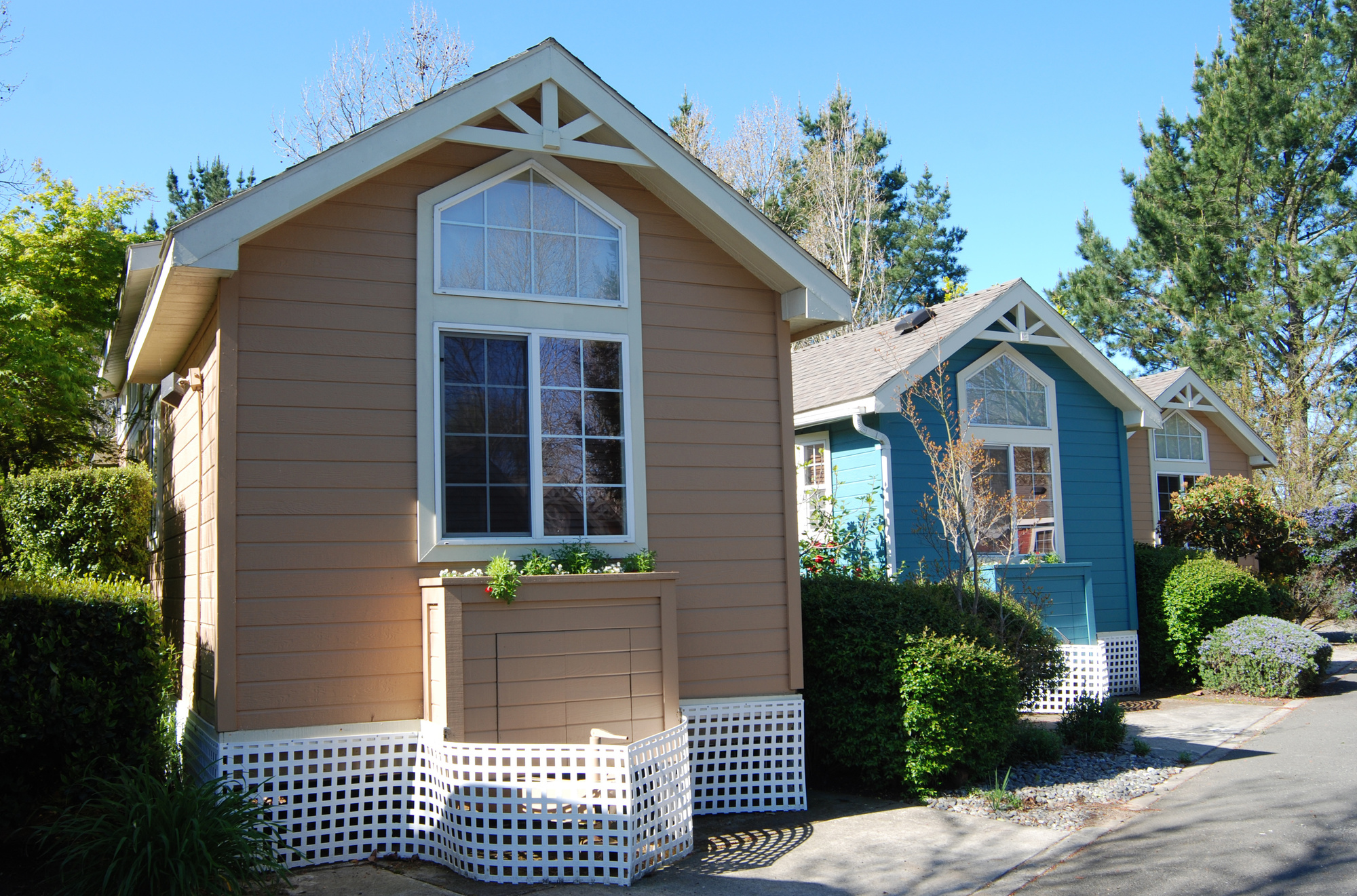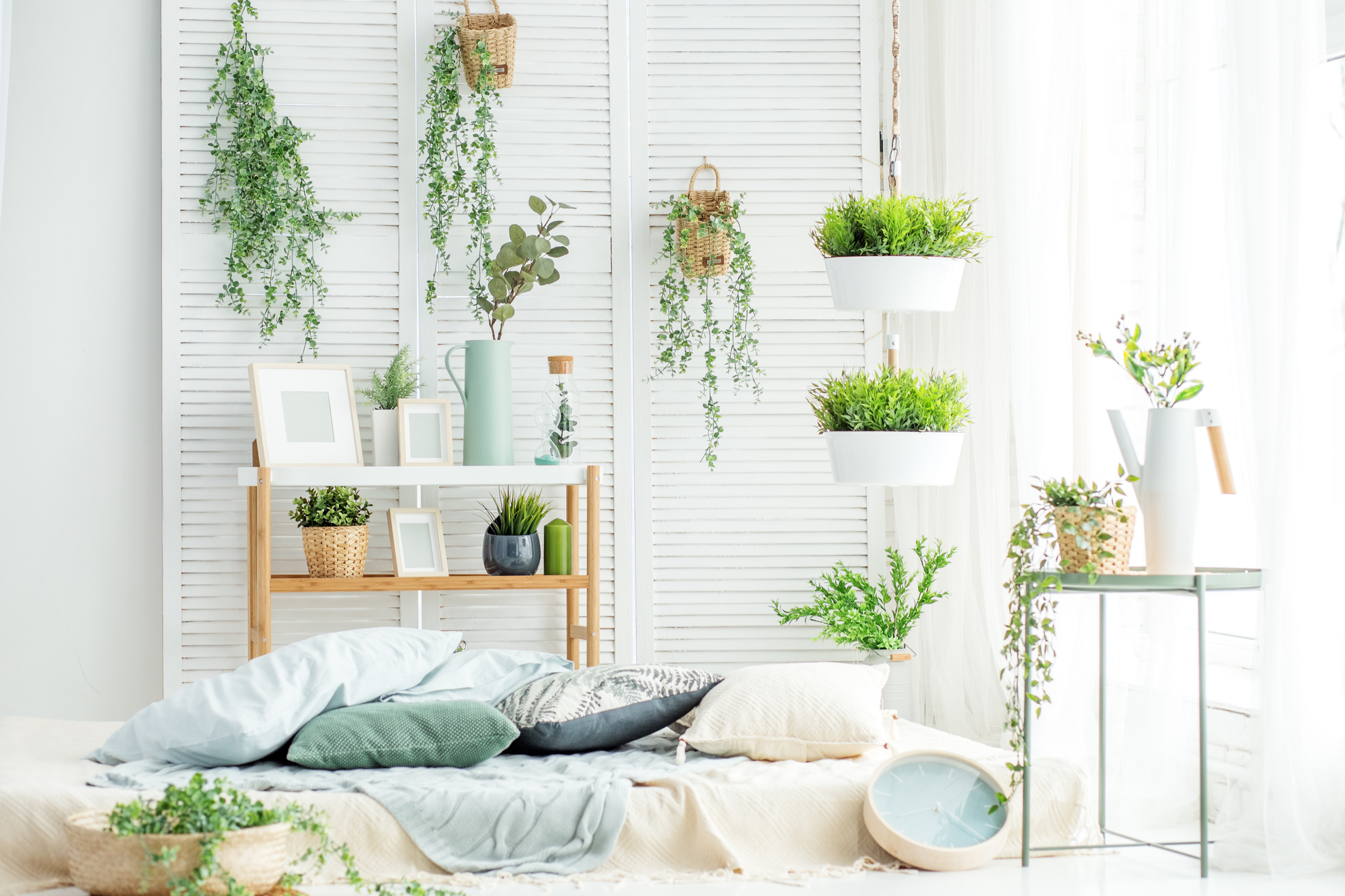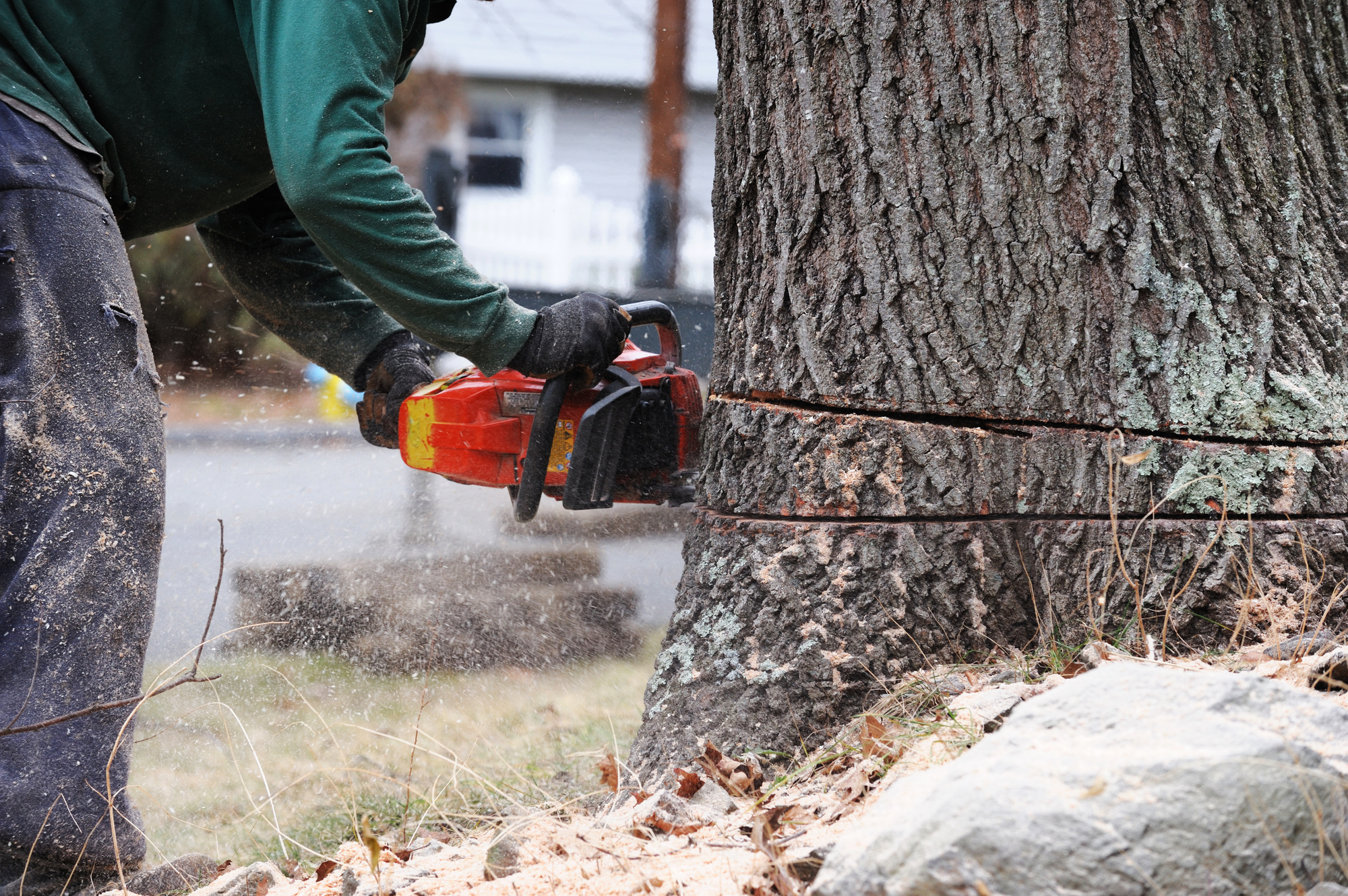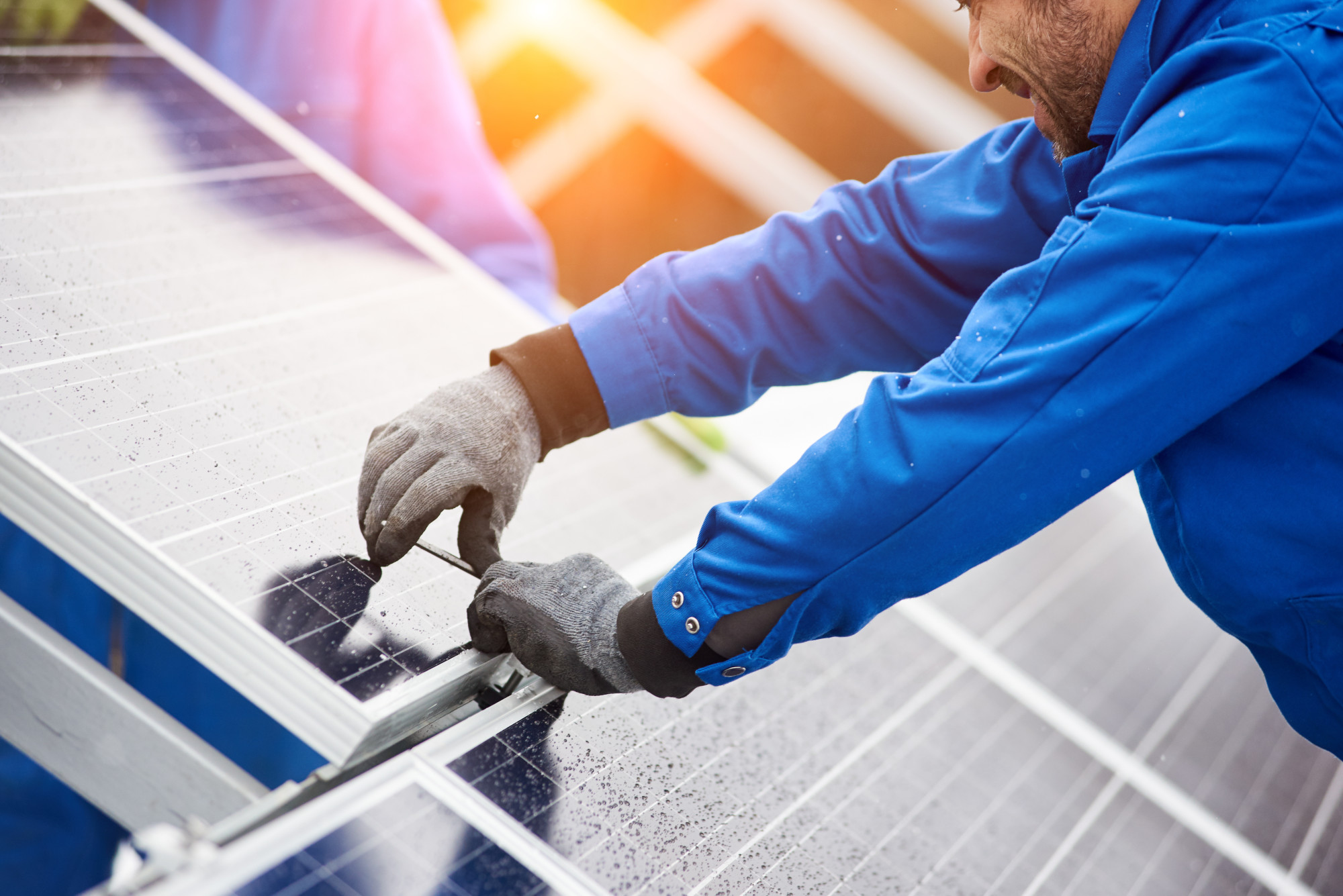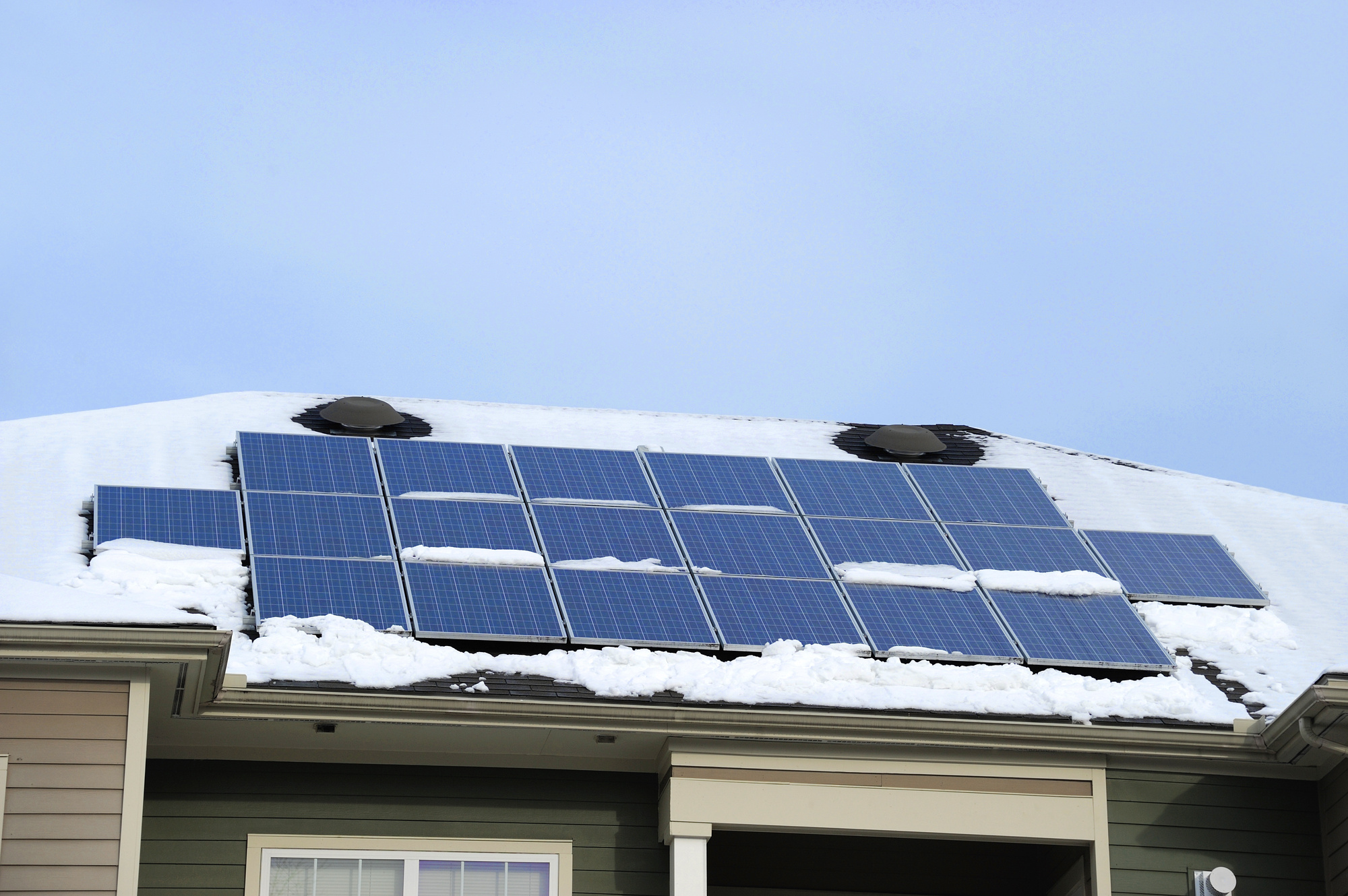Did you know that the average price of a tiny home is only $23,000 from start to finish?
While investing in a tiny home is sure to save you money, it’s also a fabulous way to reduce your carbon footprint. Simply choosing to live in a smaller home is going to benefit the environment immensely.
There are also added steps that every tiny homeowner can take to better the planet even further. This can be anything from installing solar roof tiles and using recycled materials to creating a plant wall and choosing sustainable flooring.
If you’re considering building a tiny home or currently live in a tiny home, you’re going to want to read this. We’re uncovering seven of the most eco-friendly additions homeowners should consider for their sustainable tiny home.
Trust us, your wallets and the planet are going to thank you for choosing these additions!
1. Solar Panels and Roof Tiles
In today’s day and age, we’re all aware of the many benefits of solar panels. They are a renewable energy source that converts sunlight into energy. This energy is used within the home and can help to save on utility costs.
Traditional solar panels are often attached to the roof of a home or on a nearby fixture. These panels absorb the sun’s rays and then transition it to the tiny home’s electrical panel.
For those that are looking for solar energy without the large panels, you may want to consider solar roof tiles. Rather than resting on the roof, these tiles have the ability to be implemented throughout the home. This allows the panels to generate power whilst being protected from the weather.
This is a great way to incorporate solar energy into your tiny home without having to install large panels.
2. Green Plant Walls
While vertical gardens date back to 1938, the popularity of green plant walls inside the home is only beginning to grow now.
For those currently living in a tiny home, it’s clear that air quality can tend to be an issue. After all, most tiny homes are an average of only 183 square feet.
A green plant wall can help to bring the benefits of the great outdoors to the interior of your home. Not only will a plant wall help to clean the air inside of your home and better the air quality, it will also provide eco-friendly insulation and acoustic control.
3. Paper Insulation
If you’re looking for a safe and eco-friendly insulation material, look no further than paper insulation.
Paper insulation is usually comprised of newspaper, recycled paper, and cardboard. This paper insulation should be treated with something such as borax, boric acid or calcium carbonate. However, these items have been regarded as safe for humans.
This type of insulation is a great alternative to chemical foam insulations that have proven harmful to both humans and the atmosphere.
4. Hemcrete Blocks
Any self-proclaimed environmentalist must be familiar with the concept of hemcrete blocks.
These blocks are made from the wood-like interior of a hemp plant. Once the material is combined with lime, it results in a block that is similar to that of concrete.
Although hemcrete blocks are lightweight, they make for an entirely strong and capable building material. These blocks are popular for both roof insulation as well as for flooring. They are also waterproof, fireproof, great insulators and entirely recyclable. In fact, they can even be fertilized when eventually discarded.
Because they are so light in weight, they are affordable and more eco-friendly when it comes to transportation.
5. Decking
Most tiny homes are equipped with a well-sized deck or outdoor space.
After all, when the inside of the home is so miniscule, it’s essential to have proper outdoor space. For those opting for a deck, be sure to familiarize yourself with materials are the best-suited for the planet.
Aluminum decking has proven to be the best option for sustainable deck materials. This is because metals are a great conductor of heat and will absorb this heat very easily. Aluminum is also water-resistant and will remain cool in the summertime heat.
6. Cork Flooring
When it comes to the flooring of your tiny home, why not opt for a material that is stylish as well as totally recycled.
Cork flooring has become the go-to eco flooring option in recent years. This is due to the fact that it is created from repurposed cork and does not require the use of any new materials.
The result? Flooring that is durable, lightweight and entirely sustainable. It also happens to be hypoallergenic, insulating and water-resistant.
When it comes to cork flooring, there’s certainly nothing to whine about.
7. Recycled Glass Tiles
When it comes to glass tile, consumers can rest assured that it is recycled and VOC free. Glass tiles are also created from 100 percent recycled glass from television sets to windows to solar panels.
These glass tiles are ideal for bathrooms, kitchens or even flooring!
Sustainable Tiny Home Ideas
Did you know that 60 percent of tiny home owners carry no debt whatsoever?
Not only does tiny home living provide for significant monthly savings, it also helps to better our planet. With this smaller square footage comes fewer building materials, smaller transportation, and reduced carbon emissions.
Let’s face it, choosing to live small is always a better choice for the environment. But, for those looking to reduce their carbon footprint even further, there are simple and effective ways of doing so.
These eco-friendly additions to your sustainable tiny home are sure to take your commitment to the environment from one level to the next!
If you’re interested in reducing your carbon footprint further, be sure to check out our tips for going green.

